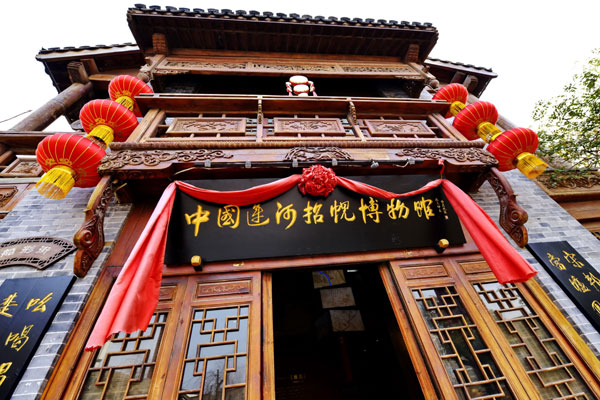Wicker artists find success after hardship
 |
|
A newly opened folk art museum becomes another tourist site in Tai'erzhuang. |
Zhao Xiumei turned to wickerwork in 2001 after being laid off from her mining job in Shandong province's Zaozhuang, where the economy slumped after its coal reserves dwindled.
But she barely earned enough to make ends meet.
"Zaozhuang was known for its coal. We had no tourists. My wickerwork could only be sold to dealers, so I earned little from production," the 41-year-old says.
But things have changed for the better - the city's tourism industry boomed as the ancient Grand Canal has become an increasingly popular travel destination.
Her fortunes reversed when she rented a 20-square-meter space in the rebuilt ancient town of Tai'erzhuang on the bank of the Jia Canal, a stretch of the interprovincial waterway.
"I never imagined my business would grow so fast," she recalls.
"Tourists like to buy wickerwork souvenirs. I earn up to four times what I did before."
Zhao now runs a 102-square-meter store in Tai'erzhuang, selling eight kinds of wicker items, including boxes, baskets and furniture.
She also heads up a cooperative of about 200 women, who make wicker products for her.
"It's the ancient town that has helped me expand," Zhao says. "The canal has run through the town for centuries. It will continue to bless our business. I have faith in it."
The 2-square-kilometer town is home to nearly 20,000 people.
Tai'erzhuang was rebuilt after the ancient town was destroyed during the War of Resistance against Japanese Aggression (1937-45).
It was established in the Han Dynasty (206 BC-AD 220) and thrived during the Ming Dynasty (1368-1644) when the Jia Canal was built through the town.















